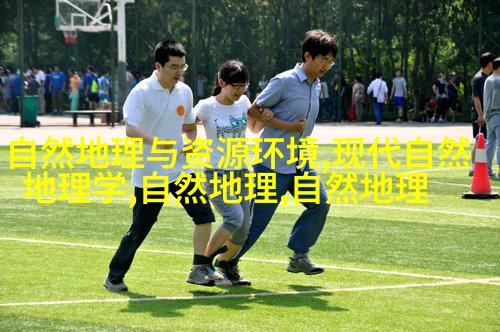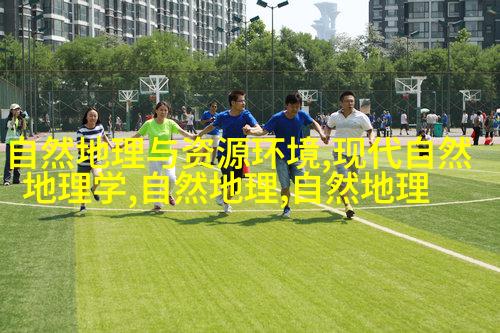中国经济新常态下,发展模式的转型有哪些关键点?

随着全球经济环境的变化和国内外形势的演进,中国经济也逐渐从高速增长阶段进入了新的发展阶段,这一阶段被称为“中国经济新常态”。在这个新常态中,中国经济不再仅仅追求数量上的快速增长,而是更注重质量、效率和可持续性。那么,在这样的背景下,中国经济发展模式将会发生哪些关键性的转变呢?我们来探讨一下。
首先,我们需要明确的是,“新常态”并不是一个静止的概念,它是一个动态过程,是对过去几十年来的高速增长进行调整与优化的一种战略选择。这意味着在高质量发展的道路上,每一步都需要深入思考,以适应不断变化的地缘政治局势、科技创新进步以及国际贸易规则等多方面因素。

其次,对于如何实现这一目标,有几个关键点值得关注。在政策层面上,要实施更加精准有效的宏观调控措施,比如通过货币政策和财政政策相互配合,加大对中小企业扶持力度,同时加强金融监管以防范风险。此外,还要积极推动供给侧结构性改革,将市场主体作为改革的核心,加快形成节能减排、高效利用资源的大众产业格局。
此外,在技术创新方面,也是推动高质量发展的一个重要途径。比如,大数据、大智慧、人工智能等前沿技术领域,是当前世界科技竞争最激烈的地方。因此,要加大研发投入,不断提升自主创新能力,并且鼓励企业走出去参与国际合作与竞争。

同时,与传统制造业相比,现在越来越多的人才倾向于从事服务业或者知识创造工作。所以在教育培训体系上也需要做出相应调整,为培养更多具有创新精神和实践能力的人才打下坚实基础。
最后,在国际贸易领域内,也会出现一些新的变化。例如,与其他国家签订更多自由贸易协定,以促进双方商品流通便利化;同时也要加强区域合作,如亚太经合组织(APEC)成员国间更紧密地集成市场,从而提高地区整体竞争力。

综上所述,在“中国经济新常态”的背景下,为了实现高质量全面开放型现代社会-economic development pattern's transformation, there are several key points that need to be taken into account. The first is the policy layer, which requires more precise and effective macroeconomic regulation measures. Second, technological innovation is an important driving force for high-quality development. Thirdly, talent cultivation should also be adjusted to meet the needs of a service-oriented economy or knowledge creation industry. Finally, in terms of international trade, China will strengthen regional cooperation and promote bilateral free trade agreements with other countries.
In conclusion, under the new normal of China's economic situation, there are several key points that need to be considered in order to achieve high-quality comprehensive opening-up-type modern socialist economic development mode transformation. First is the policy layer requiring more precise and effective macroeconomic regulation measures; secondly technological innovation as an important driving force for high-quality development; thirdly talent cultivation adjustments needed to meet service-oriented economy or knowledge creation industry demands; finally strengthening regional cooperation and promoting bilateral free trade agreements with other countries in terms of international trade.

This process is not static but dynamic adjustment and optimization based on past decades' rapid growth aiming at adapting constantly changing geopolitical circumstances, scientific progress & innovations along with evolving international trading rules etc., thus it becomes a strategic choice towards achieving sustainable growth path.
The article aims at providing insights into understanding what critical changes can occur within Chinese economic model when transitioning from its previous fast-paced growth phase into this so-called 'new normal'. In this context we shall explore how various sectors such as government policies implementation strategies related thereto like supply side structural reforms emphasizing market entities role while increasing efficiency through resource utilization improvements across industries alongside education system alterations geared towards nurturing innovative minds capable enough handle future challenges arising from emerging technologies leading global competition space.
Lastly taking cues from present-day world affairs especially those concerning International Trade regime shifts (such as signing FTA’s) together coupled upping efforts toward Regional Cooperation initiatives e.g., APEC member states unifying their markets further enhancing overall competitiveness globally speaking these transformations represent substantial building blocks laying foundation upon which next chapter unfolds - 'China Economic New Normal'.
Thus our journey continues exploring ways where nation-state navigates ever-shifting landscape seeking balance between preserving core principles while embracing change allowing itself adapt become more resilient yet agile amidst rapidly shifting global dynamics now what matters most becoming master architects shaping destiny ahead!



